“I believe it’s a cook’s moral obligation to add more butter given the chance.”
One gallon of melted butter. Scientifically speaking, that is how much butter one can emulsify into a single egg yolk. Given the perfect temperature, pH, hydration, and agitation, that is the theoretical limit. Emulsification is a magical thing. On the atomic level, it’s all about balancing the electromagnetic charge of the various constituents into a fragile homogeneity. The proteins in the egg yolk unfold through heating and act as a sort of scaffolding for the attachment of the lipids in the butter and water molecules. The resulting texture is like warm velvet.
Hollandaise Sauce is one of the mother sauces of classic French cuisine. These “mother” sauces are so named because from the base sauce hundreds of variations can be created. In the case of hollandaise, some of the classics are sauce bearnaise, sauce charon, and sauce maltaise. These are created by adding, to hollandaise, a tarragon vinegar reduction, tomato paste, or blood orange juice, respectively. You can add whatever you like. Dijonaise is another classic, made by adding Dijon mustard (as you might have guessed). Lemon dill dijonaise on eggs is one of my favorites.
If you don’t regularly dine in the finest restaurants, you may never have had a true hollandaise. The eggs Benedict you find on brunch menus, and at cafes, are almost universally served with a mix based sauce. The reasons for this are that some skill is required to make this sauce, the amount of butter is expensive, and the real sauce must be held in a dangerous temperature range, or prepared per order. 100F egg yolks are the ideal medium for cultivating pathogens. Many vaccines are grown out in a shockingly similar environment to that found in hollandaise sauce. The substitute “sauce” glopped over poached eggs is made by boiling milk with just a dab of butter and adding a powder mix that is rich in soy emulsifiers. The resulting glue can be held in a steam table at temperatures that are safe, but would break the delicate chemistry of the genuine article. It lacks the subtlety and magic of what can be made with a little know-how, and some practice. Once you level up your skill, this sauce is quick and easy.
In the later half of the 20th century, this sauce of egg yolks and butter fell from favor, as it is pretty much the poster child of an “unhealthy” diet, according to the now roundly debunked lipid hypnosis propagated by the fraudulent shill, Ansel Keys. Thankfully, today we know that farm fresh eggs and top quality butter are two of the greatest health foods in our cooking.
In professional kitchens, there are debates about the best way to make hollandaise (as there are about the best way to do almost everything). The principal point of contention is usually regarding whole butter versus clarified butter. For those unfamiliar, butter is clarified by melting it, and simmering it until the water evaporates, and the lactose and milk solids caramelize to the sides and bottom of the pan, then straining off the pure fat. The resulting product offers far better browning properties, and is helpful in hollandaise, as there is no liquid to thin the consistancy of the final sauce. The disadvantage of this approach is that it adds a long step to an otherwise short preparation. Commercially, it’s problematic to use clarified butter as the ubiquitous bain marie of golden oil can go rancid fairly easily if not properly handled. Their is also a change in flavor imparted by the clarification process. For these reasons, I like whole melted butter, however the nutty flavor derived from clarification is superior, in some applications. The thinning effect of the water can be mitigated by pouring the butter into the emulsion from the pot, rather than using a ladle. I start with a slightly thicker egg mix than necessary, too. This allows me to thin, at the end, to my desired consistency. A finished hollandaise can easily be thinned, but cannot be thickened, to any meaningful degree.
One should consider the final consistency when ameliorating this mother sauce. If you are making bearnaise, for example, be sure to take your vinegar tarragon reduction down until it is dry. Juice additions will also thin your sauce, so if you want more flavor for the thinning, reduce juices, too. The main thing is to play around, and have fun!
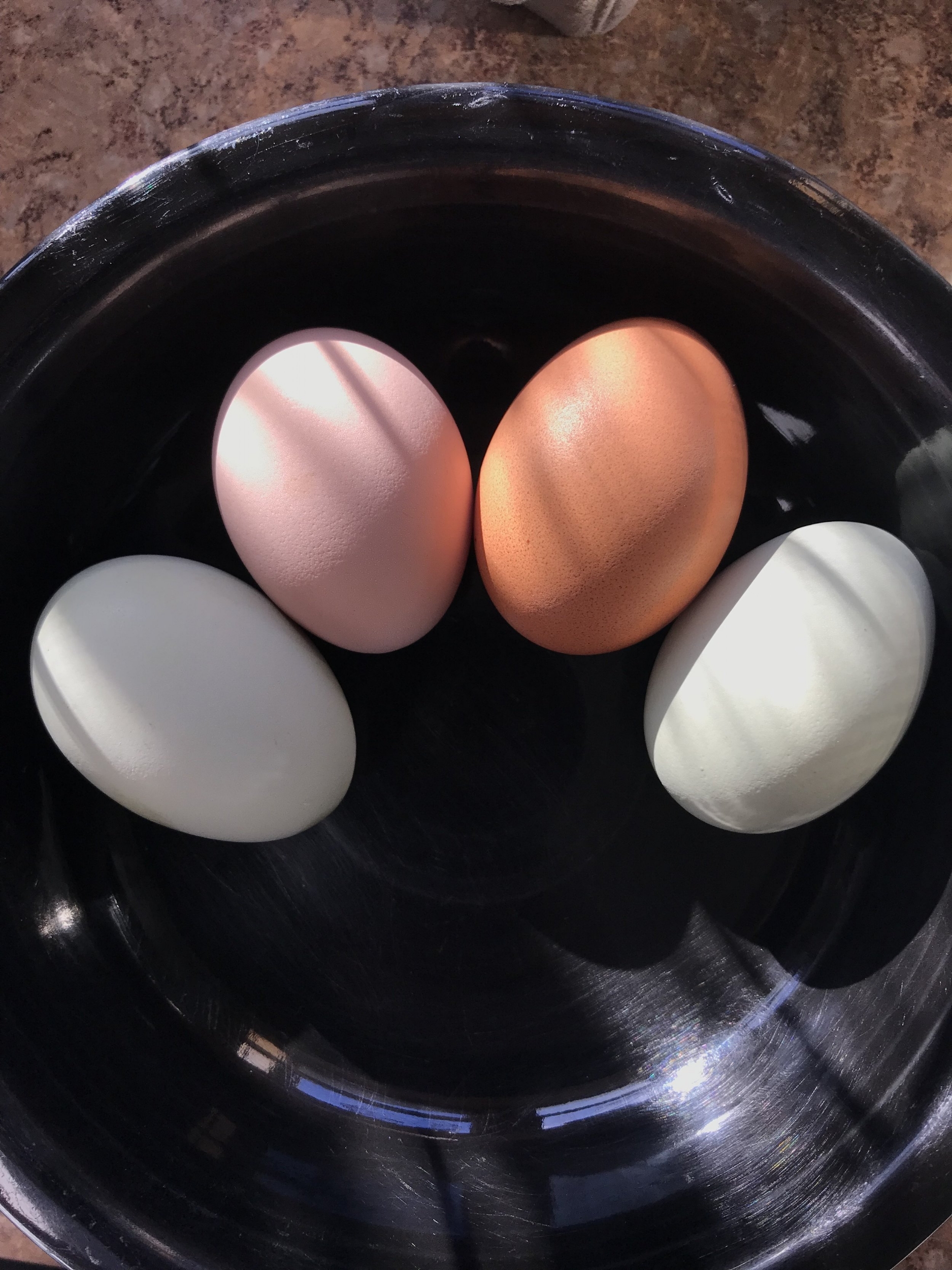
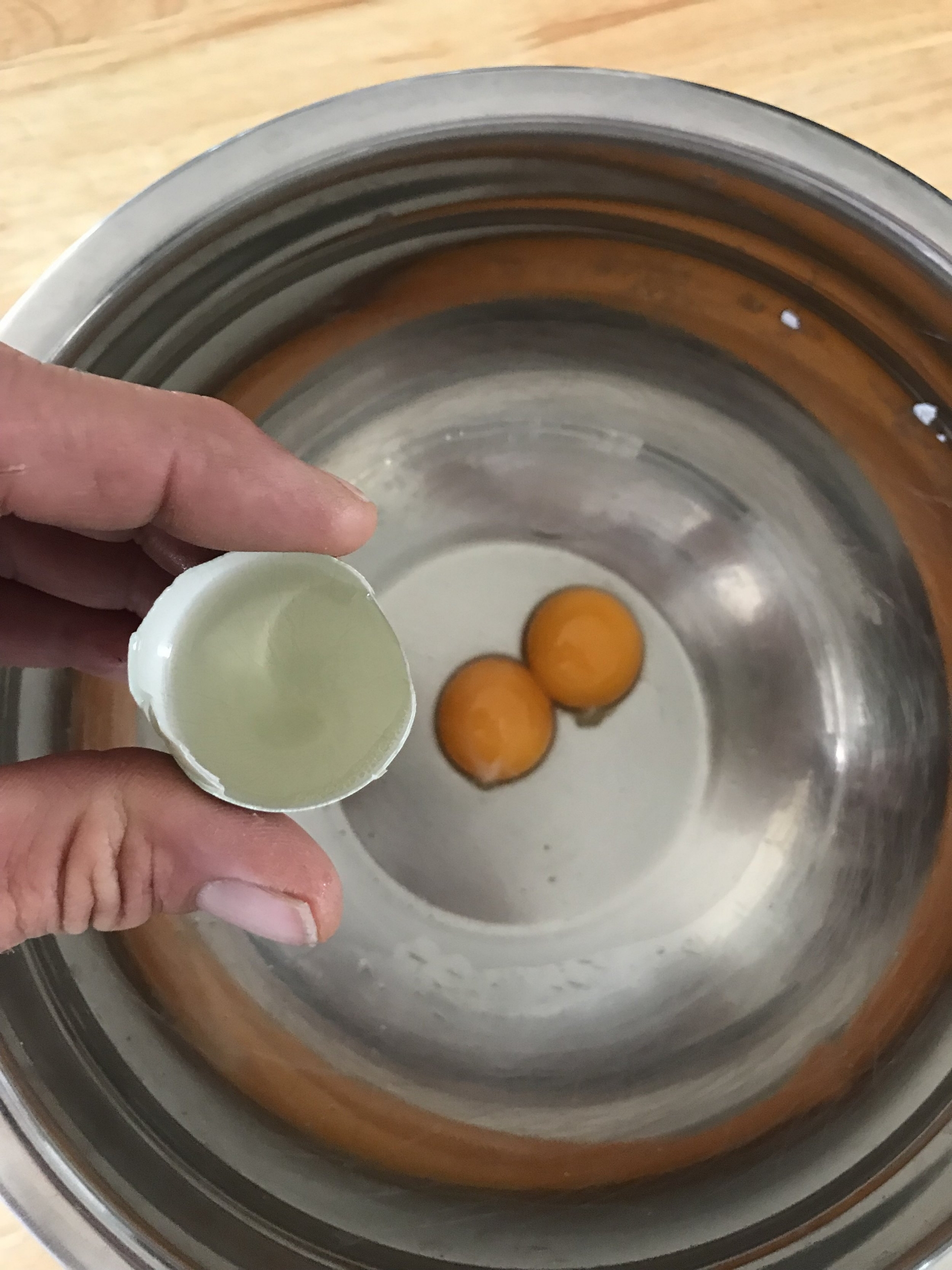
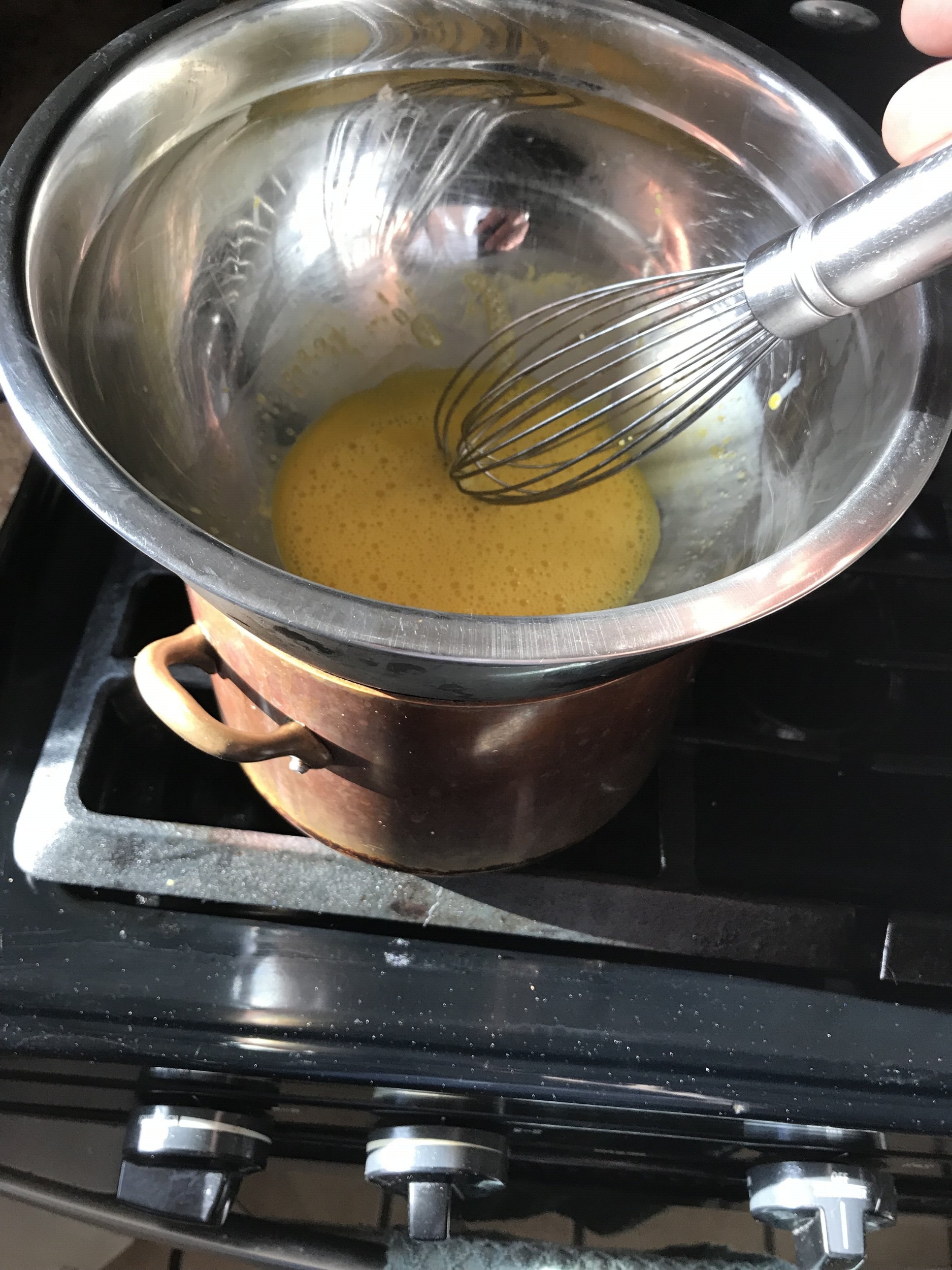
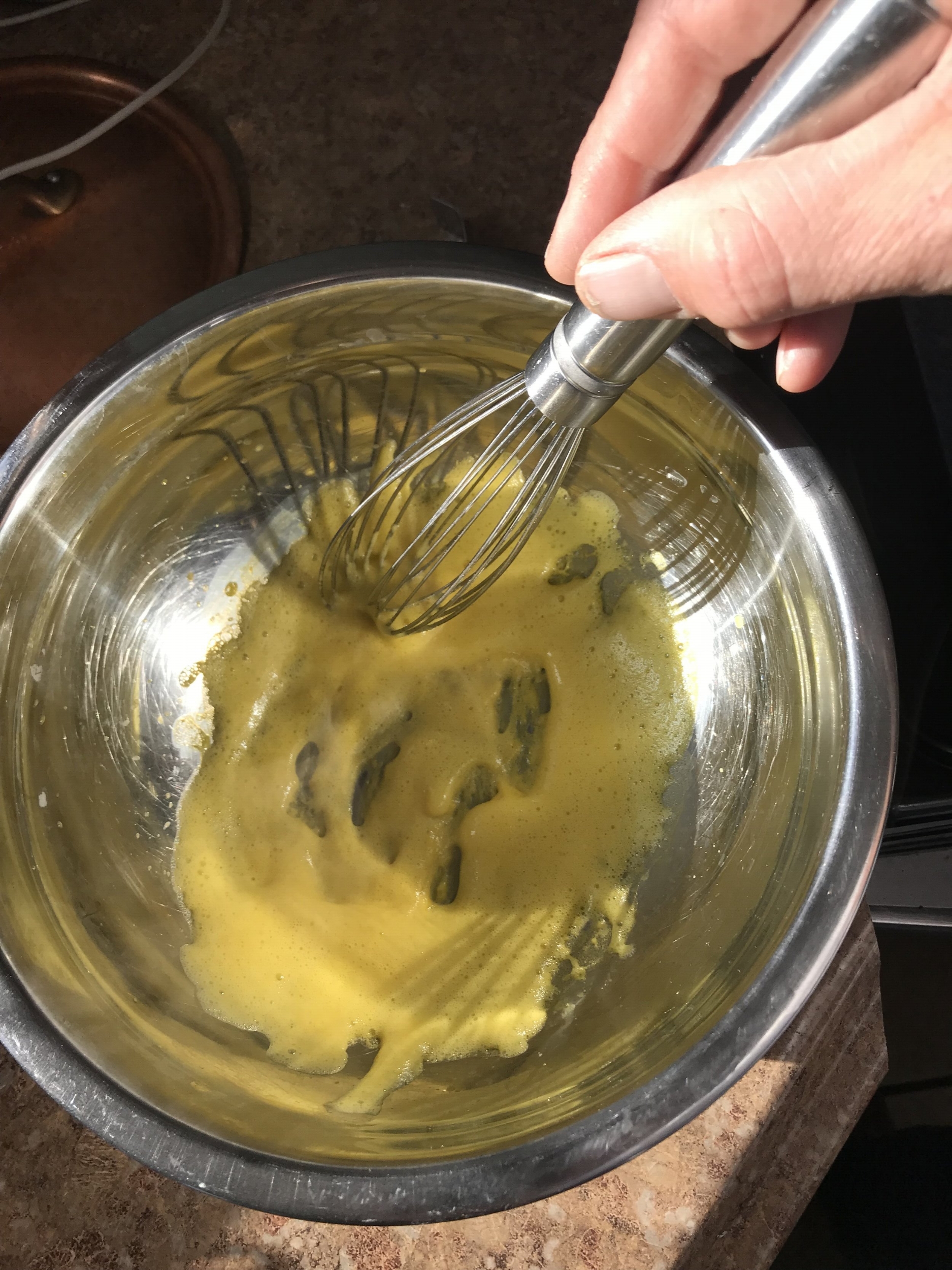
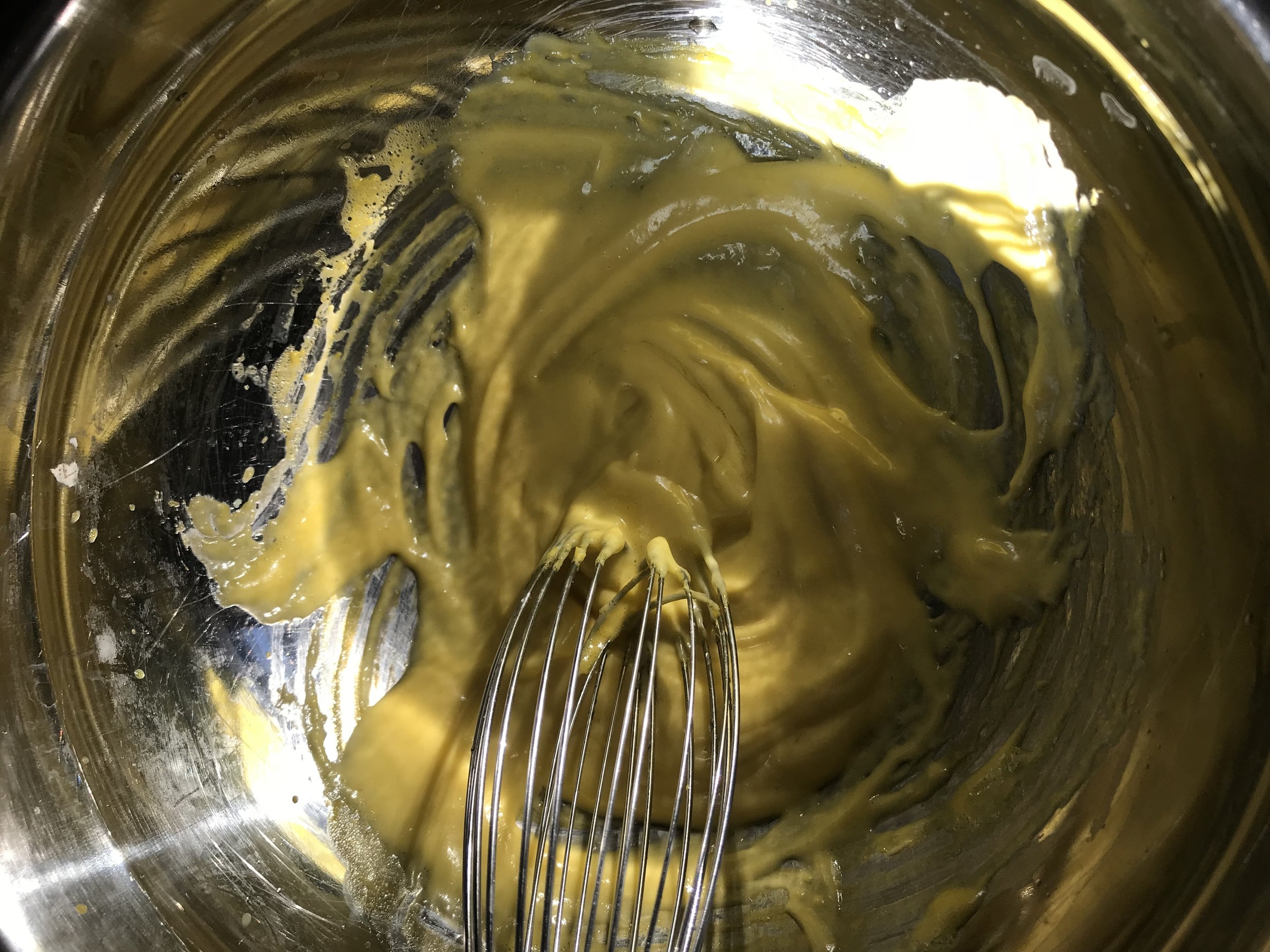
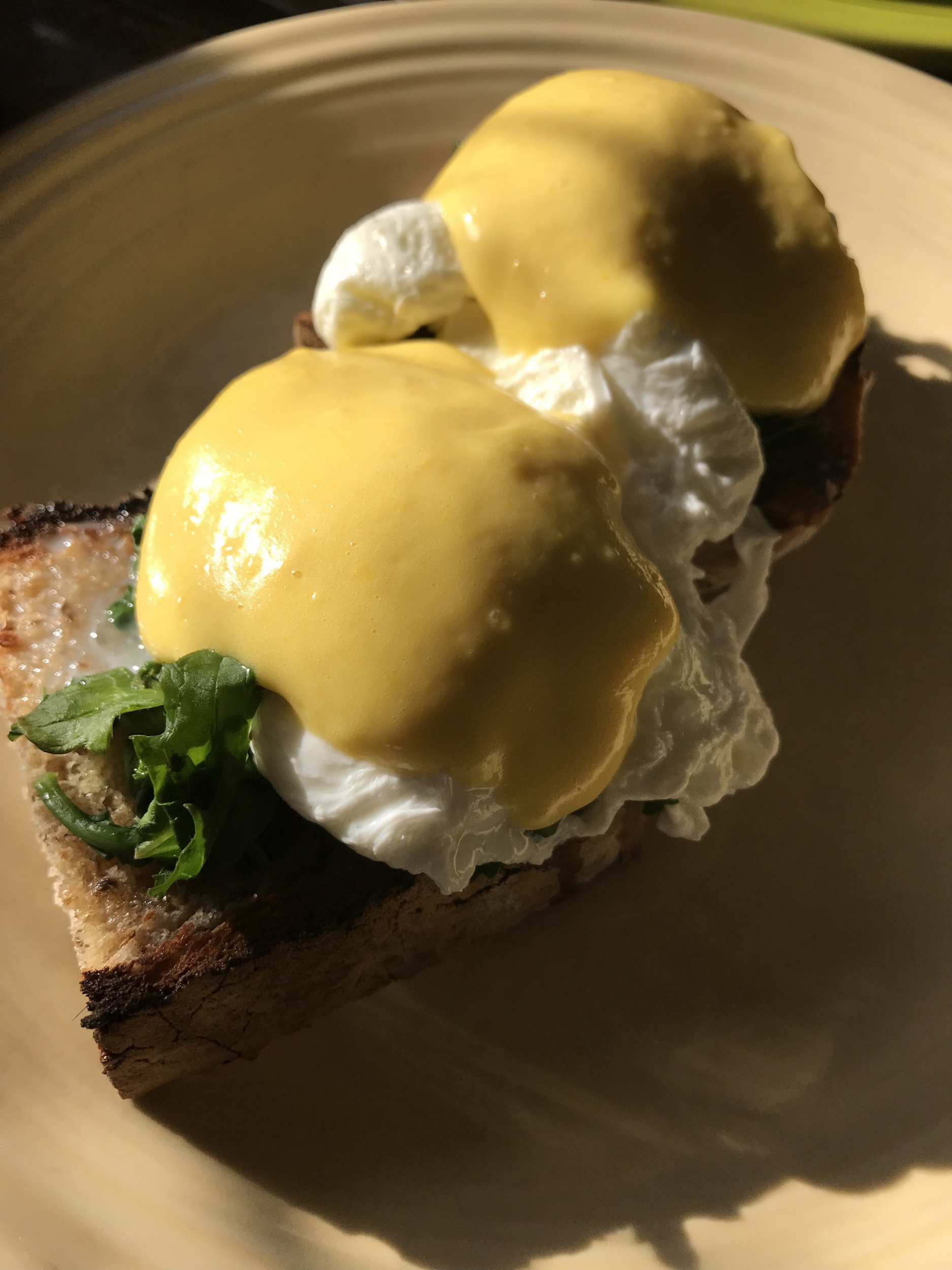
The products below are Amazon Affiliate links. If you buy through them, I receive a small commission with no added cost to you.


